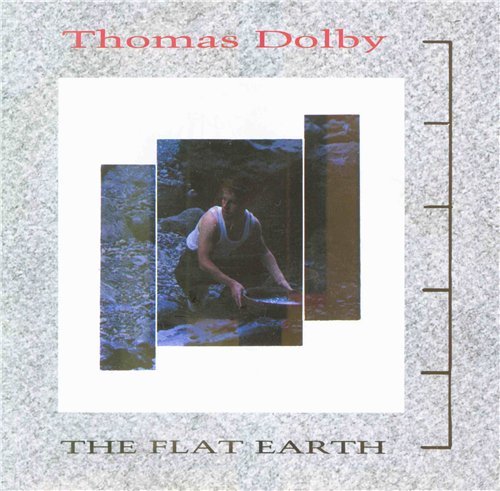Thomas Dolby was nicknamed after the Dolby noise reduction technology, and it stuck throughout his career as the boffin of 80s MTV electronic pop. His aesthetic revolved around fantastical iterations of technology past and present: he named songs about blimps, wind-power, and submarines. In the early days he wore mad scientist outfits on stage, and now favors WWII style goggles and trench-coats. In an interview about electronic music (along with a young, New Wave Trent Reznor), Dolby suggested that it was not that computers were producing automated, soulless music, the issue was that electronic music was only as good as the people who programmed it. Like Kate Bush, he seemed to place himself at the centre of an imaginative fantasy – just like any traditional classical composer, only with an expanded paint-box of electronic tools. Similarly to early Japanese pioneers The Yellow Magic Orchestra (who aimed to make music less minimal than Europeans like Kraftwerk), his attitude towards electronic experimentation appears to have been all about exuberance.
Dolby’s second album, The Flat Earth, is where all his ideas came together most coherently. On the earlier The Golden Age of Wireless he was channeling a more straightforward version of new wave pop — just listen to “Europa and the Pirate Twins” with its “Blue Monday” style drum pattern (The Golden Age of Wireless was released one year before “Blue Monday” in 1982). On The Flat Earth he ventured much more wholeheartedly into his own orchestral synth-pop territory, though the opener “Dissidents” is a typical 1980s vision of life in a repressive State, using a kind of New Wave funk reminiscent of Talking Heads or Bowie to evoke restless paranoia. It’s an anachronistic intro to an album full of sweeping songs that are mostly unlike this track. One exception is the single “Hyperactive,” in which Dolby wore spectacles and white clothing and pranced around with televisions superimposed on his head, playing up once again to his hip square image. (Dolby’s discussion with George Clinton over a funk track presumably produced between the two of them is also worth checking out, if only for the bit where they discuss the metaphysics of the cube over, we’ll say, tea….)
If pop-purist John Maus would turn up the volume on his vocals his synths would sound a lot like Dolby’s, who never seemed torn between his ability to write a good melody and his love of the diversity of keyboards. Although at times Dolby fell over the edge of these flat, enormous worlds he’d created, and arguably – like Kate Bush - suffered from the excess of his enthusiasm, this curiosity and megalomania was also the thing that helped him demonstrate all the possibilities of progress and regress inherent in electronic music. By expressing nostalgia and fascination about science through the medium of pop music Dolby encouraged the exuberance of all the present day keyboard mystics — all the kids who would inevitably see so-called shiny ‘progress’ one day in the fuzzier light of memory, sentimentality and the like.
